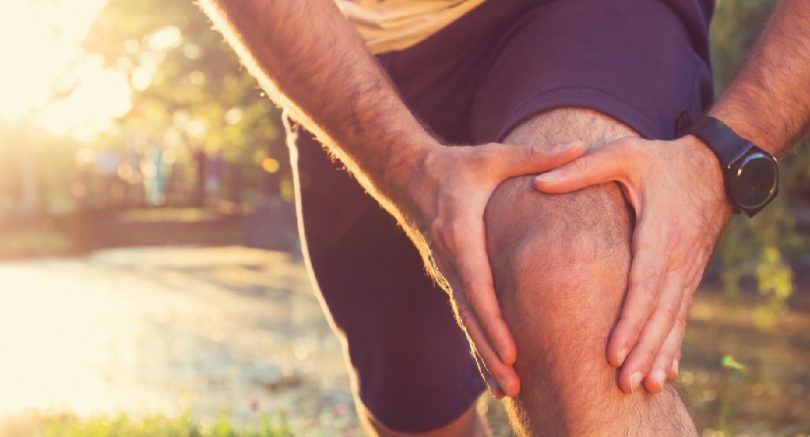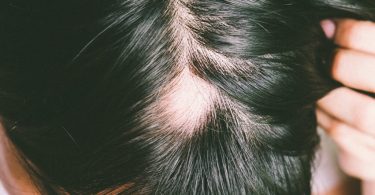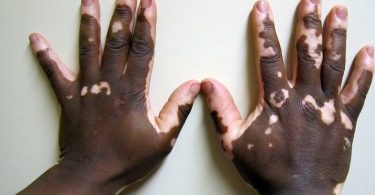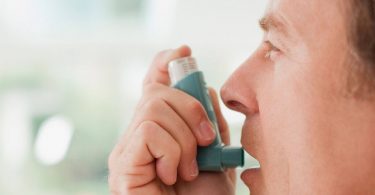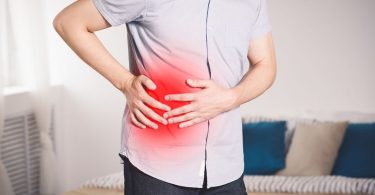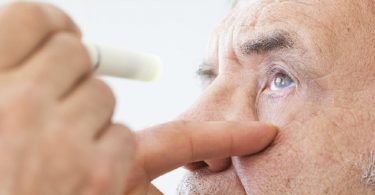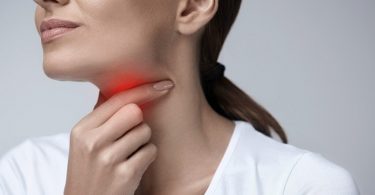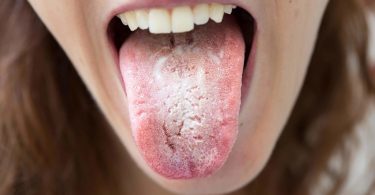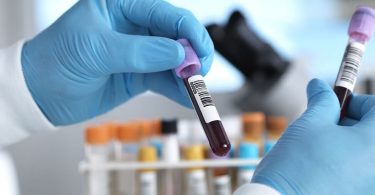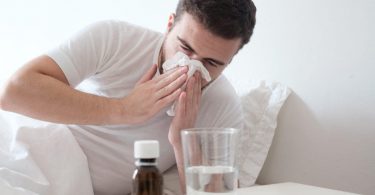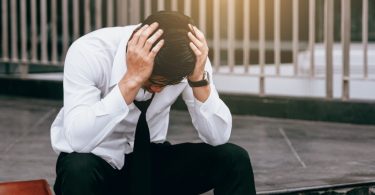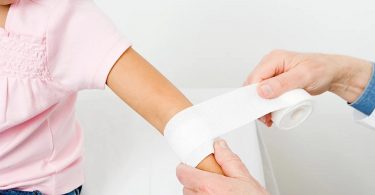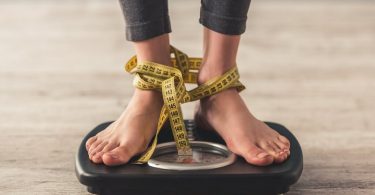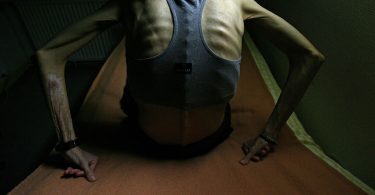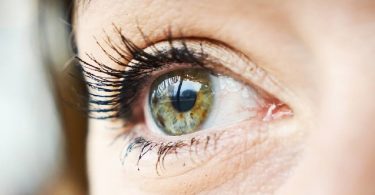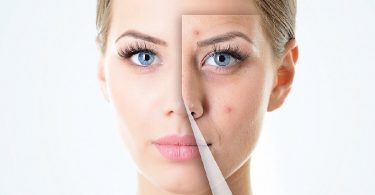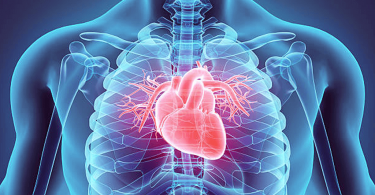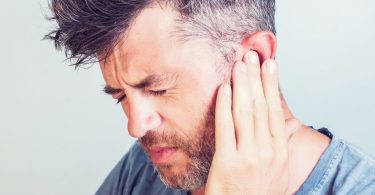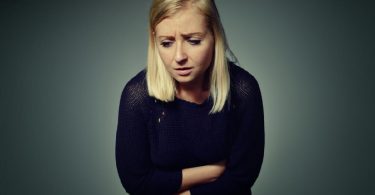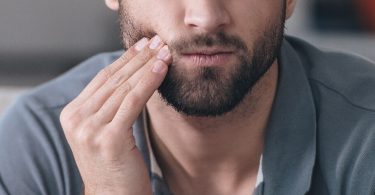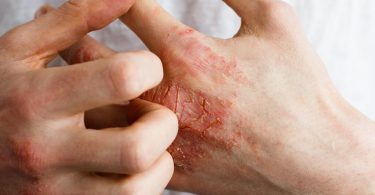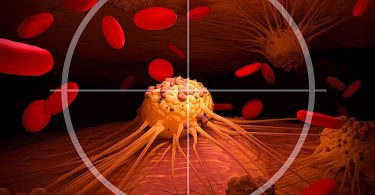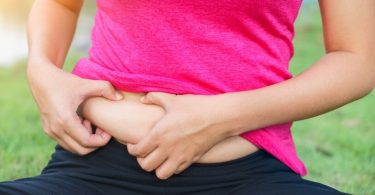In this article we will talk about : osteoarthritis causes, symptoms and treatment : this disease is a very common chronic condition that results in a poor functioning of the joints, accompanied by pain. It can affect the spine, cervical spine, fingers, ankles, knees or hips. This joint disease occurs earlier and earlier, but age remains a risk factor.
Contents
Osteoarthritis definition
Osteoarthritis (also called chronic degenerative arthropathy) is a chronic condition corresponding to a degeneration of articular cartilage accompanied by an increase in bone tissue .
With osteoarthritis, the joints take on a particular knotty appearance.
Osteoarthritis does not include any infection or any particular inflammation. It results in pain, stiffness, and poor functioning of the joint.
This condition progresses by flares during which the pain is more acute. It worsens with efforts and constraints.
Osteoarthritis generally appears around 60 years of age and affects women more particularly. However, osteoarthritis can also be early .
Osteoarthritis causes
Until now we can’t determine the causes of osteoarthritis, this degeneration of articular cartilage could result from the combination of several factors.
- Osteoarthritis often occurs when the cartilage covering the bony surfaces of the joints no longer has its primary qualities of flexibility, elasticity and sliding.
- The overweight and obesity are contributing factors.
- When this disease manifests itself early, it comes from damage (sports accident, etc.) that has damaged the cartilage, or from too much stress on the joints , subjected to gestures or repeated efforts.
- A genetic predisposition is also possible.
Osteoarthritis symptoms
Osteoarthritis mainly causes progressive pain. At the beginning, it appears especially after an effort (carrying heavy loads) and is relieved by rest. Then it can become constant.
Stiffness is often present on waking or after a moment of rest (starting stiffness) in the affected joints but improves with movement.
Other signs may also appear:
- swelling of the joint;
- limitation of movement;
- friction or cracking joints;
- a deformation of the affected joints (modification of the position of the bones: arched legs or knotty knees).
The rapid consultation of a doctor is necessary in order to rule out a rheumatic disease ( rheumatic arthritis …).
Osteoarthritis prevention councils
In order to prevent the onset of this disease, it is possible:
- to have your child followed by a doctor from an early age to avoid painful arthritis in adulthood;
- early detection of certain congenital joint anomalies;
- lose weight because obesity (or simply being overweight) is a factor favoring the appearance of osteoarthritis in the hips and knees;
- to participate in regular physical activity.
Osteoarthritis exams
To diagnose osteoarthritis, the doctor usually examines the patient.
We could easly detect this disease through a blood test, but the doctor often requests an x-ray of the painful areas to exclude any other disease.
An x-ray of the painful joint confirms the diagnosis and determines the severity of the condition.
Osteoarthritis treatment
During an osteoarthritis flare-up, painkillers and anti-inflammatories can be taken to relieve the pain.
If the inflammation is severe or the pain refractory, an infiltration of corticosteroids can be effective.
Generally, doctors prescribe as background therapy, chondromodulators or chondroprotectors. They protect the cartilage and prevent its degradation.
Cervical collar, orthopedic insoles, prostheses…
Wearing a soft foam cervical collar is recommended for osteoarthritis of the neck. The use of orthopedic insoles, splints, walking with a cane can soothe in case of osteoarthritis of the knee or hip .
Physiotherapy helps maintain joint function.
Surgery is useful when there is significant cartilage damage and when the pain is not relieved by medical treatment. The affected subject may have recourse to a hip or knee prosthesis.
Alternative medicines for osteoarthritis
Overall, hydrotherapy can be beneficial.
The Mesotherapy (Local Action Products injections performed on or in the skin) and acupuncture (insertion of needles in various parts of the body) can be valuable aids.
Herbal medicine, homeopathy aromatherapy and naturopathy can also relieve certain symptoms of osteoarthritis:
Homeopathy
It can be helpful in easing the pain of osteoarthritis.
Depending on the location of the outbreaks, it is possible to take 3 granules 3 times a day from:
- Actea racemosa 9 CH for pain between the shoulder blades or back;
- Kalium iodatum 9 CH in case of pain in the root of the thumb;
- Lachnantes 9 CH for neck pain;
- Rhus toxicodendron 9 CH when the pain is in the heel;
- Sulfur 9 CH in case of lower back pain.
Phytotherapy
During osteoarthritis, it may be useful to take:
- SIPF horsetail + blackcurrant + ulmar, 1 teaspoon three times a day as a background treatment;
- harpagophytum and lithotamus capsule (twice a day).
The willow is also known to relieve joint pain associated with osteoarthritis.
Aromatherapy
En cas d’arthrose, click deux gouttes d ‘ Oil essentielle de GAULTHERIE, 1 Lamarck Hélichryse, 1 goutte de menthe poivrée in a demi-cuillerée café’d vegetale de calendula.
Please note, restrictions exist for children under 6 and pregnant women. Imperatively to see the precautions for use of any essential oil before use.
Naturopathy
In addition to an adapted treatment, it is recommended to modify its eating behavior and to respect an acid-base balance. Acidifying foods (meats: eggs, meat, ham, dairy products, cheeses, cooked fats, refined cereals …) must be balanced by a large consumption of fruits and vegetables.

